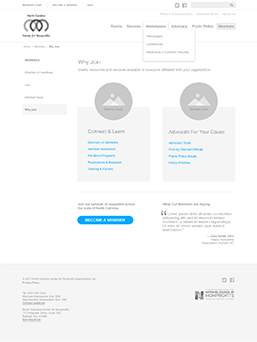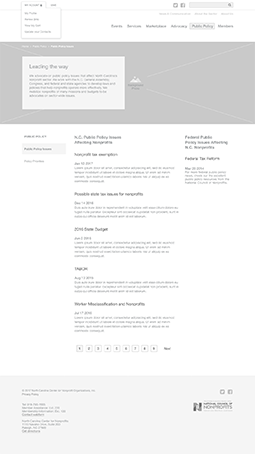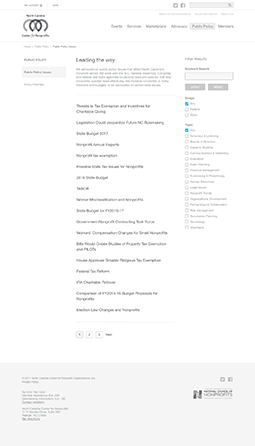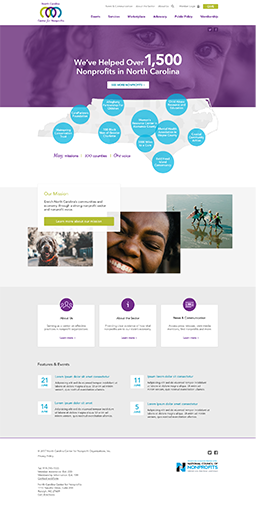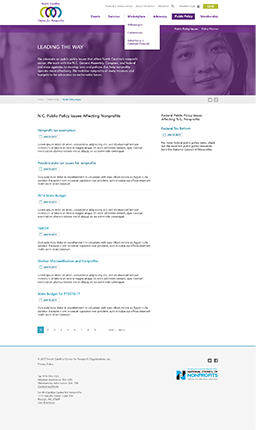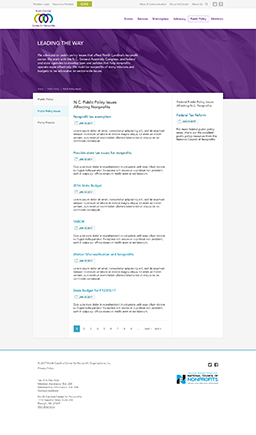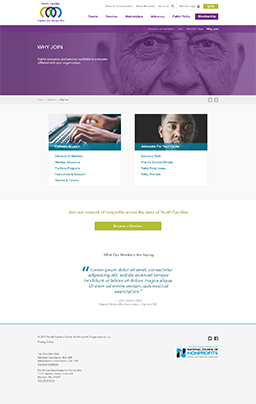Great user experience can engage and excite your target audience, streamline the conversion funnel, or just provide a simple and clean display of the desired information. DesignHammer can integrate an existing design, collaborate to create a custom design, or leverage high quality ”off the shelf” templates to create attractive, effective user interfaces.
Custom Design vs. "Off the Shelf" Design
One of the first questions we consider during discovery is if the project should use a custom design or an “off-the-shelf” (i.e. pre-made) theme. Custom designs are often favored, but require more time and a larger budget; and while “off-the-shelf” themes are more affordable and can be deployed faster, they often offer less flexibility. Which design option is right depends on your unique situation. In cases where budget and or calendar time are in short supply, off-the-shelf themes will optimize financial considerations, and allow for a greater portion of the budget to be allocated to consulting and development. Off-the-shelf themes are also good for teams that find decision-making challenging. On the other hand, custom designs are a justifiable investment for projects requiring a unique layout or design, and/or specific functionality requirements.
Wireframes
Wireframes are digital “sketches” demonstrating the relative positions of elements on a page or screen. These low-fidelity diagrams allow us to quickly collaborate with our clients on the page layout. The advantage of this method is that changes can be made much faster, saving both calendar time, and budget — rather than making retroactive changes to completed design concepts in the following stage, which is more time-consuming and costly.
Design Concepts
Design Concepts are full-color illustrations of the intended “look and feel” for a new website or application. Incorporating the layout of the wireframe, along with the color palette and typography defined during the Discovery & Planning stage, the project now becomes visually recognizable as it progresses towards its final form. Changes and enhancements will continue in collaboration with the client, as alterations at this stage will be less expensive and calendar-impacting than they will be after the project is fully built-out.


